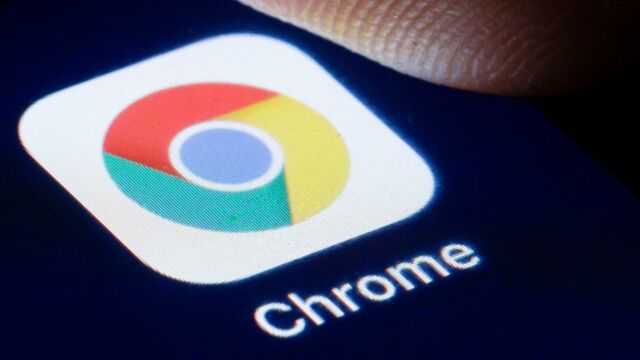The tech giant has recently issued a warning that talks about a significant zero-day flaw in the chrome version 100.0.4896.127. A zero-day flaw is a term essentially used to describe a flaw that is being actively exploited and used in cybercrimes.
Discover our latest podcast
Flawed it
As billions of users across the globe use Google Chrome, Chrome version 100.0.4896.127 is now available for Windows, Mac, and Linux. And the zero-day flaw is named CVE-2022-1364. The exploited security flaw - CVE-2022-1364 is rated high severity and is defined as a type of confusion in the V8 JavaScript and WebAssembly engine.
While not much has been revealed about the zero-day flaw, attacks on Chrome's V8 engine's type confusion flaws could lead to arbitrary code execution. The vulnerability affects all Chromium-based browsers. As such, Google has confirmed that a new update will roll out in the coming weeks. In its security announcement, Google confirmed:
Google is aware that an exploit for CVE-2022-1364 exists in the wild.
How to know if you need to update google chrome?
Many users are unsure about how to update Google Chrome because the browser does not appear to have an enormous update button. Why, you ask? The answer is simple - Google Chrome is set to update itself automatically by default, without ever telling you that an update has occurred. However, this may not always be the case, and you may have to manually install updates.
If you need to check if you are using the most updated version of Chrome, you can do it by opening Google Chrome. Then select the three dots icon on the top right corner. If you see an option that tells you to ‘update Google Chrome’, your version of Google Chrome is outdated and you should update it as soon as possible to prevent any issues. However, if you do not see any such option, your version of Google Chrome is the latest.
Read More
⋙ Four-day week: See if your company can pay you the same wage for working less
⋙ WhatsApp: You could get banned if you do any of these things















